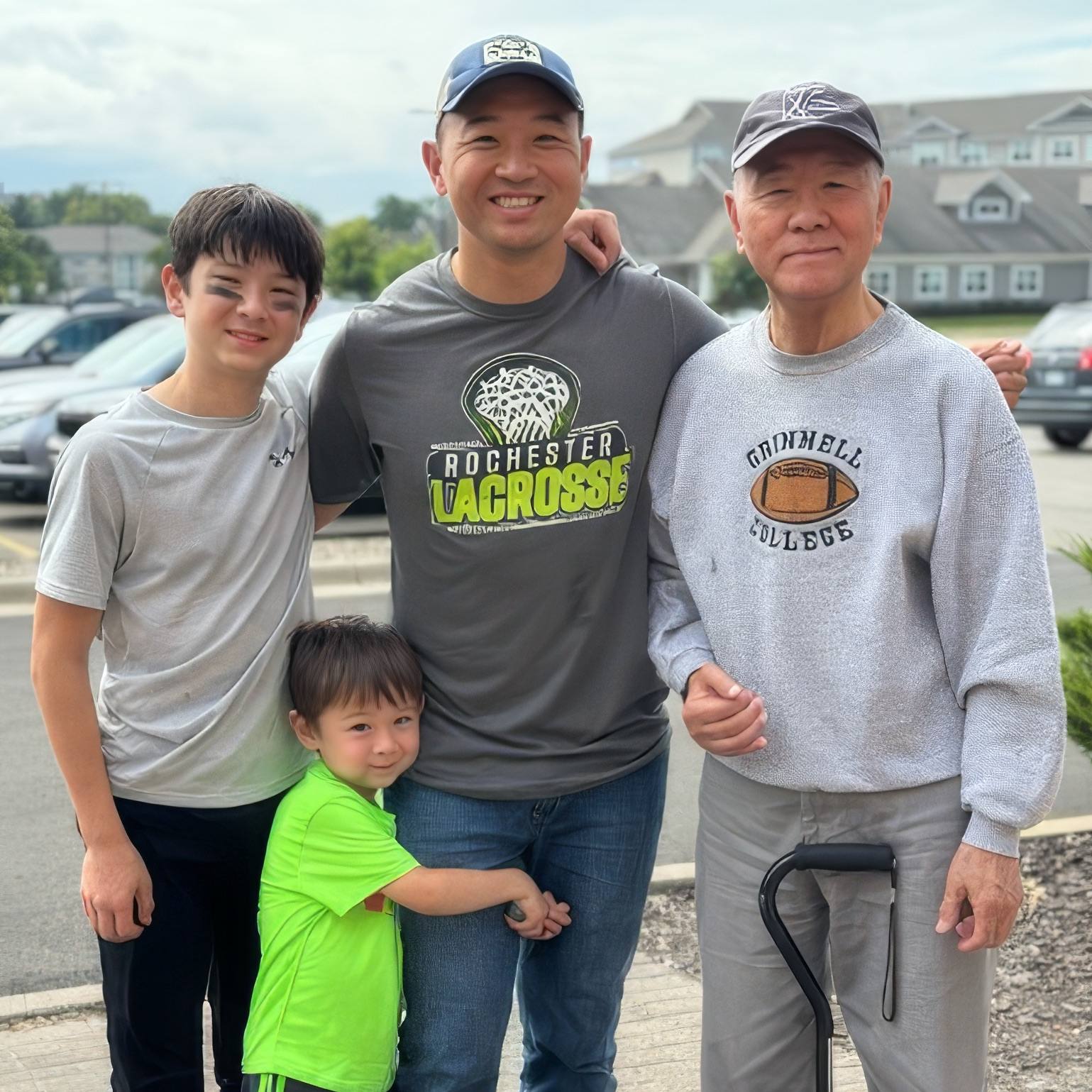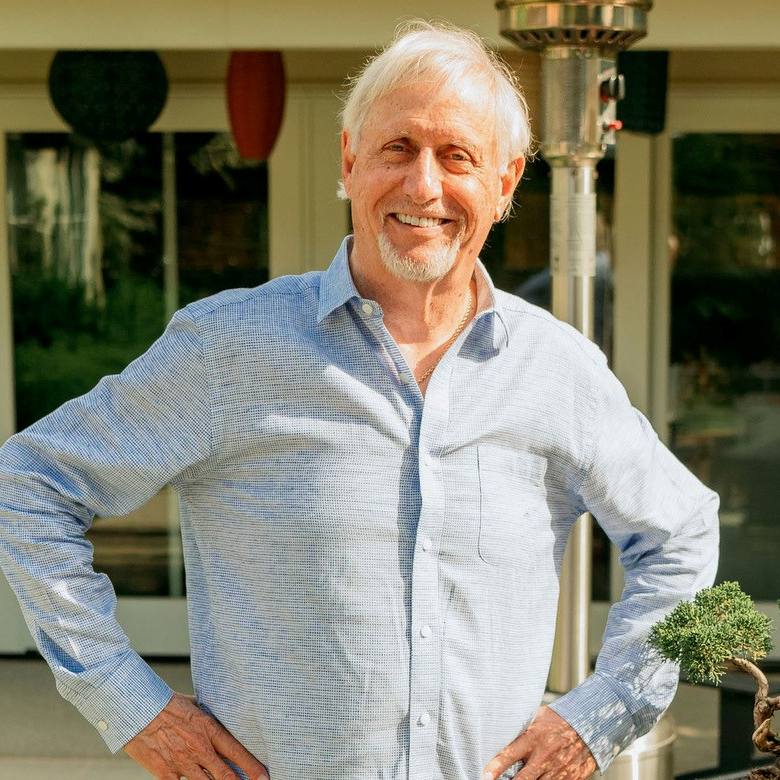-
Working Your Way Down and Out
 Since a serious car accident in 1998, Chad Hanson has learned a lot about goals and adaptations. As a patient in Mayo Clinic's Spinal Cord Rehabilitation Unit, he remembers the first time he was able to use the joystick on his wheelchair -- his fingers pushing the lever but not strong enough to pull back, his therapists standing close by, catching him before he hit the wall.
Since a serious car accident in 1998, Chad Hanson has learned a lot about goals and adaptations. As a patient in Mayo Clinic's Spinal Cord Rehabilitation Unit, he remembers the first time he was able to use the joystick on his wheelchair -- his fingers pushing the lever but not strong enough to pull back, his therapists standing close by, catching him before he hit the wall.
"It was great!" he laughs. "I didn't have much control that first time, but I told them by the end of the weekend I would be able to take my hand on and off the joy stick. And I did."
Chad broke his neck in the accident. "He was initially paralyzed from the neck down and required a ventilator to help him breathe," explains his physician, Jeffrey Strommen, M. D. "Over time his breathing improved to the point that he was able to get off the ventilator and transfer to the rehabilitation unit. His prognosis for recovery of walking was less than 3 percent but we hoped that he would at least gain some arm function to allow him to be more independent."
Initially Chad was only able to blink his eyes and move his mouth, with very limited movement below his neck. He communicated by blinking yes or no. Physical and occupational therapists on the spinal cord injury team started working with Chad on range of motion, while speech therapists developed "gadgets" (as Chad calls them) to help him communicate. Rehabilitation was centered on a series of goals: sitting up in his chair, using a wheel chair controlled by his breath.
Slowly, Chad recovered much of the function of his biceps. Chad's hand function is still limited, but with the help of occupational therapy and assistive technology, Chad has gained a level of independence no one would have imagined in those first months after the accident.
Much of Chad's rehabilitation has involved finding the right assistive technology to maintain an independent lifestyle: desk, speaker phones, voice-activated equipment, a computer, a page turner, radios and lights. "There's so much you never even realize you'll need, like voice-activated window shades or a voice-activated word processing program," he says.
Today Chad's gadgets are just part of the background of his life. During his rehabilitation at Mayo, Chad continued taking college classes, and in the spring of 2001, he graduated with an engineering degree.
"He is an incredible kid," says Dr. Strommen. "Despite his significant disability, he finished his college education and he currently works full time for the Department of Transportation." He also designed and built his own house. "With his drive and his family's support, he's a very productive and happy person," says Dr. Strommen.
Chad attributes much of his success to his positive attitude and the support he received at Mayo Clinic. "They're awesome," he says, "They make you feel like you're not in the hospital. I'd always been an active college student, and they treated me like I was still was. We always joked that you have to work your way down, from the helipad on the 9th floor, to the 8th floor ICU, then to rehab on 3rd, and finally out the front door."







